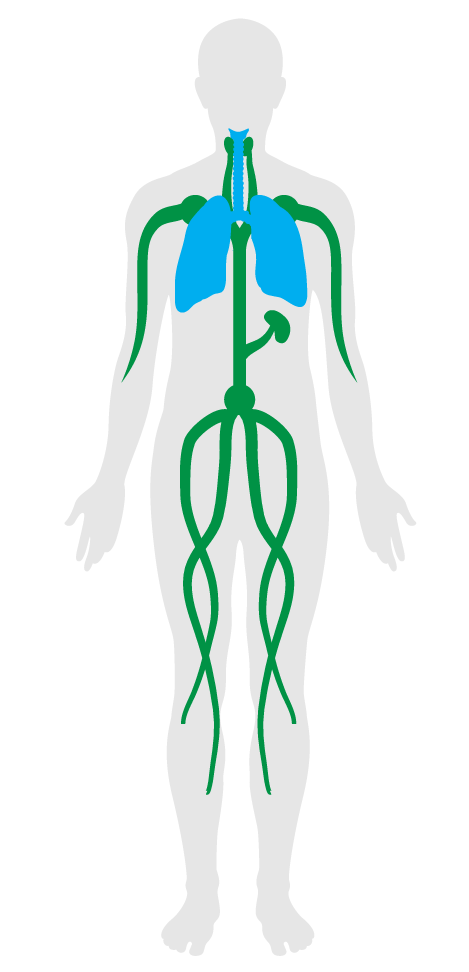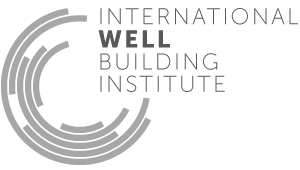Air infiltration management
- 1 Air quality standards
- 2 Smoking ban
- 3 Ventilation effectiveness
- 4 VOC reduction
- 5 Air filtration
- 6 Microbe and mold control
- 7 Construction pollution management
- 8 Healthy entrance
- 9 Cleaning protocol
- 10 Pesticide management
- 11 Fundamental material safety
- 12 Moisture management
- 13 Air flush
- 14 Air infiltration management
- 15 Increased ventilation
- 16 Humidity control
- 17 Direct source ventilation
- 18 Air quality monitoring and feedback
- 19 Operable windows
- 20 Outdoor air systems
- 21 Displacement ventilation
- 22 Pest control
- 23 Advanced air purification
- 24 Combustion minimization
- 25 Toxic material reduction
- 26 Enhanced material safety
- 27 Antimicrobial surfaces
- 28 Cleanable environment
- 208 Injury prevention
14. Air infiltration management
Building's air quality and thermal comfort can be compromised by leaks and gaps that break the building's air barrier. These weak points are not only wasteful, but can also lead to conditions conducive to mold growth and the infiltration of pests or polluted air.
This feature is a performance test to check for air leakages in the building envelope. Such tests are often used to optimize a building's energy efficiency and can also be used to maintain indoor air quality and comfort.
The following requirement is met:
One of the following methods is used to evaluate the building envelope:

Applicability Matrix
| Core & Shell | Tenant Improvement | New Construction | |
|---|---|---|---|
| Part 1: JUST Participation | - | O | O |
| Part 2: Leak Tests for Residences | - | - | - |
| Commercial Kitchen | Schools | Multifamily Residential | Restaurant | Retail | |
|---|---|---|---|---|---|
| Part 1: JUST Participation | - | O | - | O | O |
| Part 2: Leak Tests for Residences | - | - | O | - | - |
Verification Methods Matrix
| Letters of Assurance | Annotated Documents | On-Site Checks | |
|---|---|---|---|
|
PART 1 (Protocol) JUST Participation |
Policy Document | Spot Check | |
|
PART 2 () Leak Tests for Residences |
Contractor |
| 14.1.a |
LEED v4 BD+C: Enhanced commissioning provides two options for the credit, one of which involves following commissioning processes for the building's thermal envelope in accordance with ASHRAE Guideline 0-2005 and NIBS Guideline 3-2012. |
